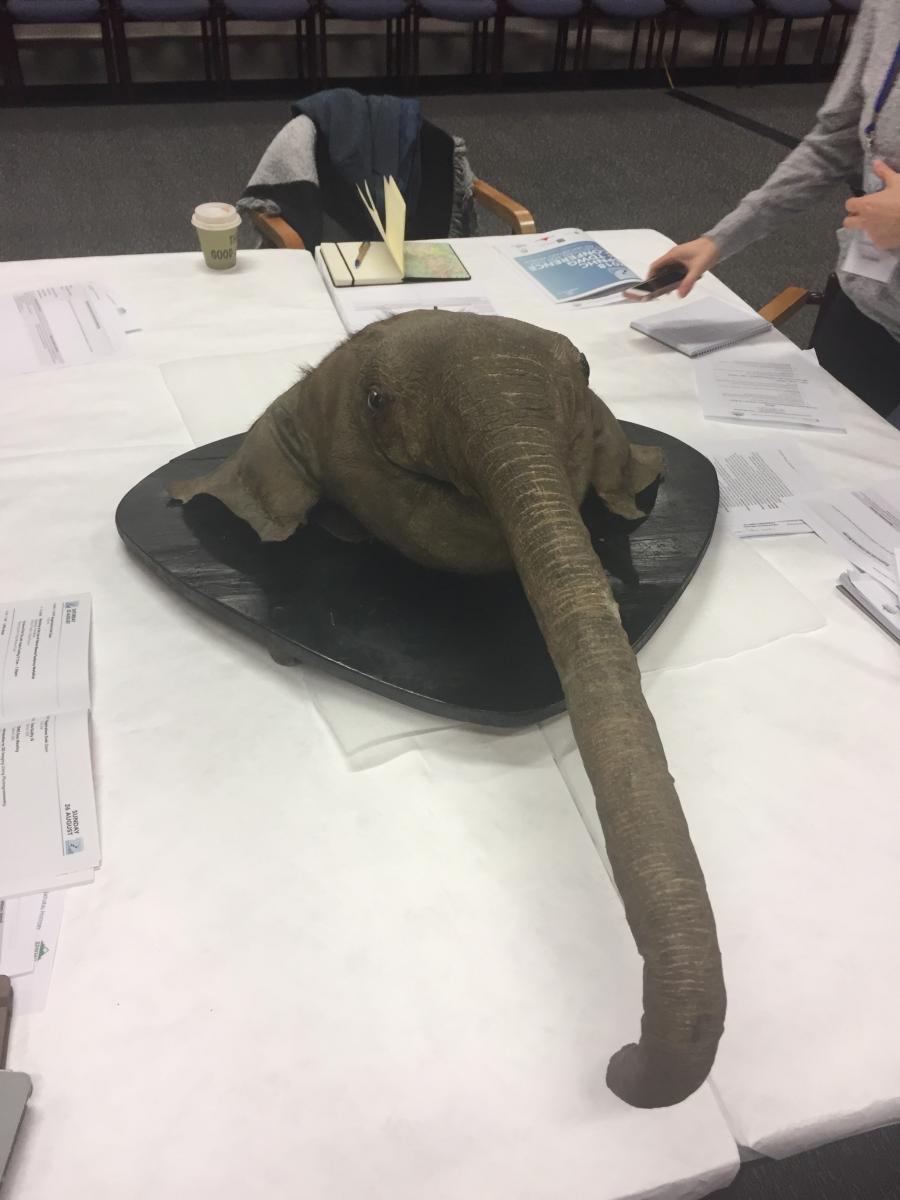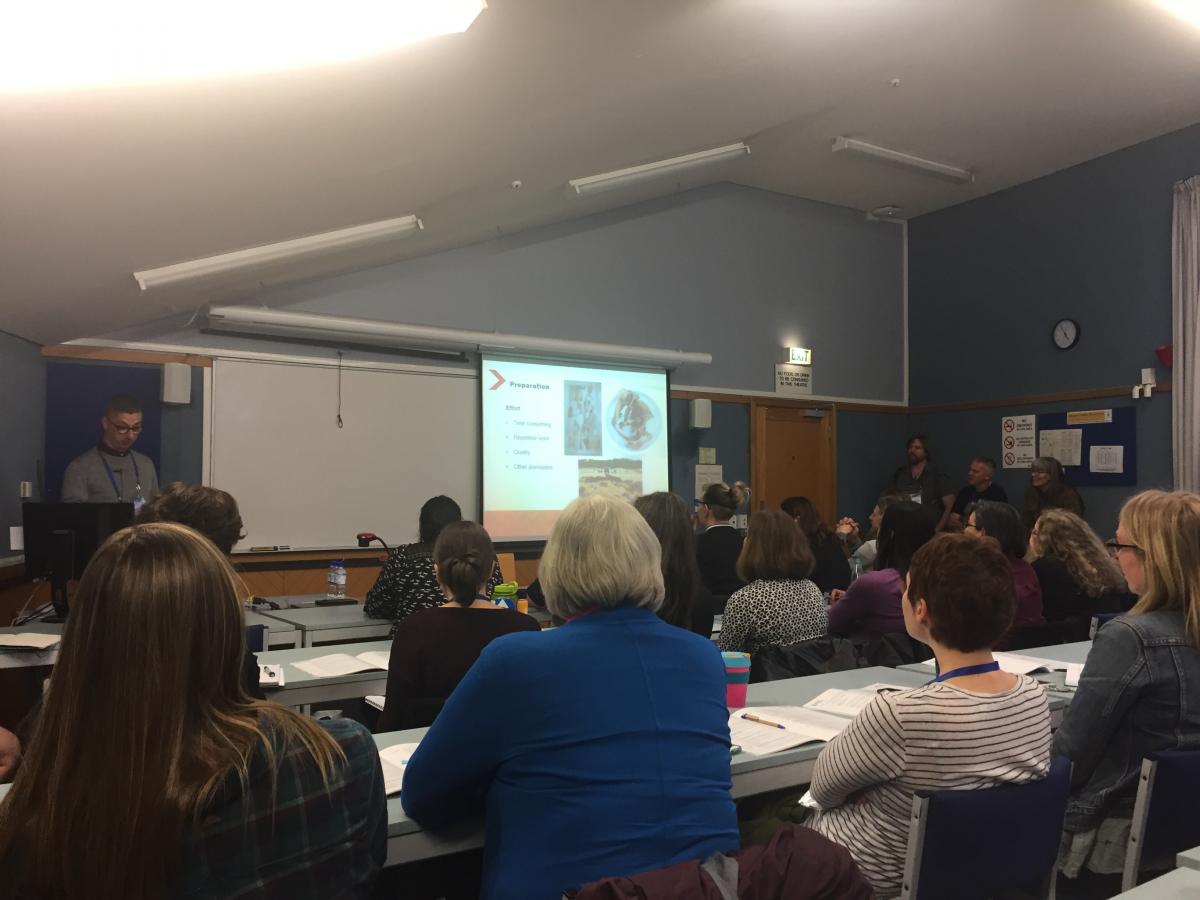In 2018 the annual Society for the Preservation of Natural History Collections (SPNHC) conference was held in Dunedin New Zealand/Aotearoa from 23 August till 31 August. This was the first time the conference was held in the southern hemisphere. The Conference was held in partnership with TDWG (Taxonomic Database Working Group or Biodiversity Information Standards). Over 350 delegates attended from all over the world to share information relating to this year’s theme “Collections and Data in an Uncertain World”.
The Otago Museum and the University of Otago / Te Whare Wānanga o Otāgo hosted the event, with workshops and lectures held across both.
The conference began with two weekend of workshops for Conservation. Saturday was a day long workshop on the conservation of taxidermies specimens taught by Fran Richie from the American Museum of Natural History. The workshop was a great introduction to the terminology of taxidermy and basic conservation techniques. Including an introduction to taxidermy technology, appropriate documentation and cleaning techniques. The day ending with Fran going into more detailed techniques on the reconstruction of fur and skin using modern materials, such as silicon mould casting, to replicate skin texture. These techniques may be adapted at the Australian Museum in the near future and it is exciting to see the promising results of better aesthetically integrated infills.

Sunday’s workshop was a general overview of Natural Science collections, focusing on common issues across the wide collection types. This course was presented by Julian Carter for Amgueddfa Cymru – National Museum Wales.
The conference was held over five days, with three sessions dedicated to the conservation of natural history collections and others covering collection care. The following are some highlights from the conference, there were many more amazing and interesting talks, however there are too many to mention.
Sheldon Teare from the Australian Museum, discussed the use of composting as a minimal intervention approach to the removal of tissue from cetacean specimens. Initial trials showed promising results particularly in the removal of tissue without the leaching of trace minerals, an affect that can be seen in the traditional hot/cold water maceration techniques.

Dani Measday from Museum Victoria and Sheldon Teare, presented on recent projects on the rehousing of geological specimens in microenvironments to impede the pyrite decay process. Dani presented on the science behind pyrite decay and the materials that are available to store specimens in low oxygen and RH environments when appropriate. Sheldon presented on the work the Australian Museum had done to industrialise the process in order to rehouse a large portion of geological specimens in a short period.
Armando Mendez from the Natural History Museum London, presented on a results base approach to Integrated Pest Management (IPM) strategies. In particular, he focused on the need for museums to tackle invertebrate pests which will lead to a reduction across pest specimens within museums. As well, the talk showed the need for conservators to address IPM strategies to all staff at the museum to ensure everyone in the museum is practicing IPM strategies in their day-to-day practices.
If you are not already a member, I would strongly recommend joining – $45 UDS for a year membership. And sign up to the nhcoll-l distribution list where members post questions and advise on common Collection Management issues.
As one long serving Collection Manager in the audience admitted “I didn’t even know about SPNHC, and I feel I have learnt more in five days than ever before in my career”.
Rehan Scharenguivel’s participation in the conference would not have been possible without the assistance from the University of Melbourne’s Faculty of Arts Graduate Coursework Conference Grant. The assistance was greatly appreciated in funding this opportunity to connect with colleagues from across the globe.